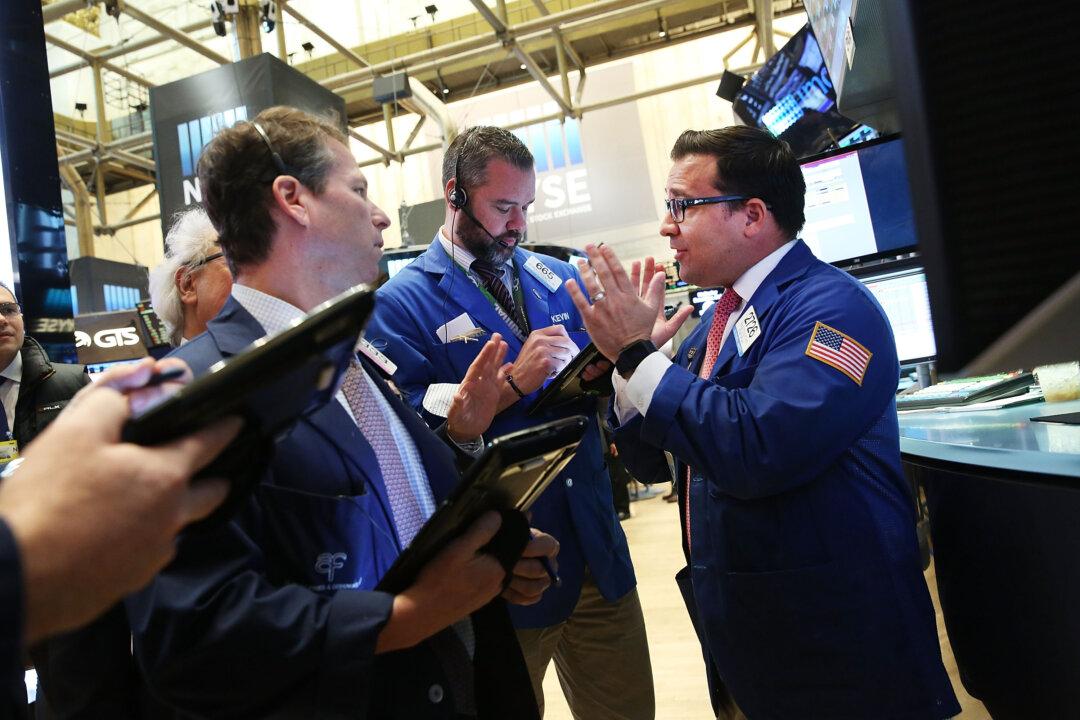U.S. stocks have been resilient in 2016, but as an uncertain June begins, debate abounds on where we go from here.
Sentiment is negative even as the S&P 500 on June 1 sits within 1.5 percent of its all-time closing high hit last summer. Event risk is high: A potentially imminent Fed rate hike and new projection of future hikes approach; the uncertainty of the “Brexit” vote follows shortly. Both could dramatically affect stocks.
BlackRock downgraded global stocks to neutral in a May 31 note. Regarding U.S. stocks, BlackRock’s global chief global investment strategist Richard Turnill said in the note, “The growing likelihood of an imminent Fed rate increase and more elevated U.S. valuations warrant short-term caution.”
Very few people buy into the idea that stocks are a good deal right now.
, RBC Wealth Management





